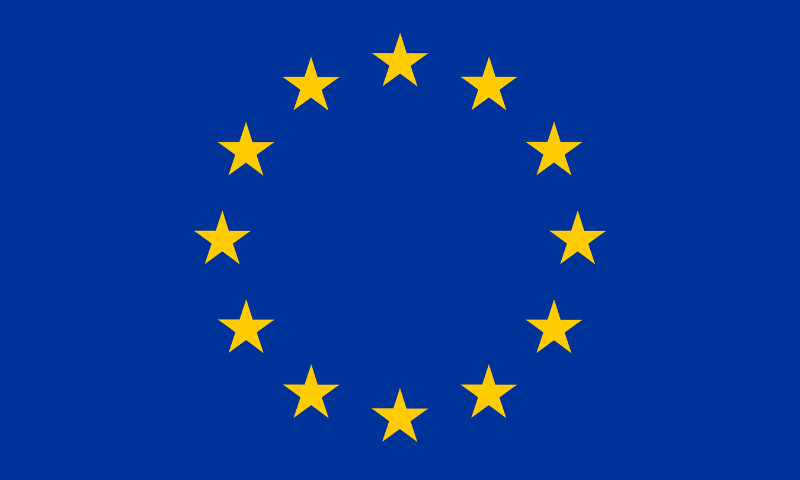Navigating the EU Blue Card: everything you need to know
12 Feb, 20243 minsAre you looking to work in the European Union (EU)? If so, you’ll need a Blue Card. The EU B...

Are you looking to work in the European Union (EU)? If so, you’ll need a Blue Card. The EU Blue Card is a coveted work permit that offers a wealth of opportunities for professionals from outside the EU. It not only allows you to work in the high-demand sectors of Europe, including Technology and Corporate Governance, but also provides a pathway to permanent residency.
But, like any kind of legality, it can feel a little complex to get your head around the requirements. In this blog post, we’ll demystify the EU Blue Card, covering some of the most common questions and answers on its importance, the process, and the benefits you’ll gain from getting one.
Q: What is the EU Blue Card?
A: The EU Blue Card is a work permit that was introduced by the European Commission to attract highly skilled non-EU workers into the EU. It’s designed to make Europe a more attractive destination for professionals from outside the EU, by offering them the right to live and work in any EU member state.
Q: Do I qualify for the EU Blue Card?
A: The eligibility criteria for the EU Blue Card are quite straightforward. Applicants must have a higher education degree (relevant to the role you’re applying for) or at least five years of professional experience in a sector where there’s a shortage of workers in the EU. Additionally, you must have a binding job offer or an employment contract with a salary that is at least 1.5 times the average gross annual salary in the member state.
Q: Where can I use the EU Blue Card?
A: The EU Blue Card is valid in most EU member states, except Denmark, Ireland, Norway, Liechtenstein, Iceland and Switzerland. One of the significant benefits of the card is the mobility within the EU it offers. After 18 months of employment in the first member state, the Blue Card holder may move to another member state for highly qualified employment.
Q: How long is the EU Blue Card valid for?
A: The EU Blue Card is initially valid for a period of between one and four years, depending on the duration of the employment contract. However, it can be renewed if the holder continues to meet the eligibility criteria.
Q: What are the key features of the EU Blue Card?
A: The EU Blue Card comes with several unique features and advantages, including ease of movement within the EU, access to social and economic rights, favourable conditions for family reunification, and a pathway to permanent residency. In comparison to other similar programs, the EU Blue Card stands out due to its flexibility and the wide range of benefits it offers.
Q: How can I apply for the EU Blue Card?
A: If you wish to apply for the EU Blue Card, the process involves several steps:
- Firstly, you’ll need to find a job in the EU that meets the eligibility criteria.
- Next, you’ll need to apply for the EU Blue Card through the national immigration authorities in the country where you intend to work.
- Finally, you’ll have to submit the required documents, including your passport, proof of higher education or professional experience, a binding job offer, and proof of salary.
Some of the most common reasons for rejection include insufficient salary, lack of a valid travel document, or a threat to public policy, security, or health.
If you’re a non-EU professional seeking to work in the EU, the Blue Card’s a valuable asset. Its numerous benefits, coupled with the opportunity to experience the rich cultural diversity of Europe, make it an attractive option for many. If you meet the eligibility criteria, we strongly encourage you to apply.
For more information on the EU Blue Card, please refer to the official EU Blue Card website. Or for an in-depth look at the application process, check out this detailed guide by the European Commission.



